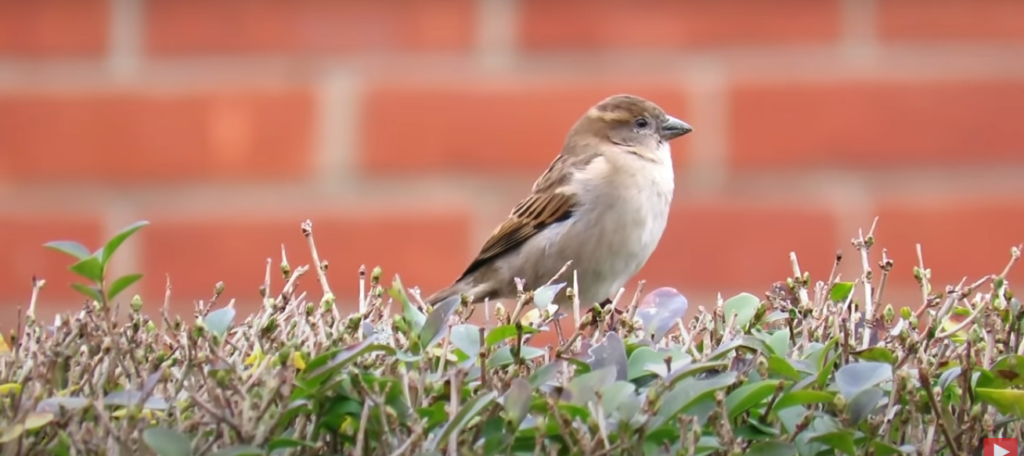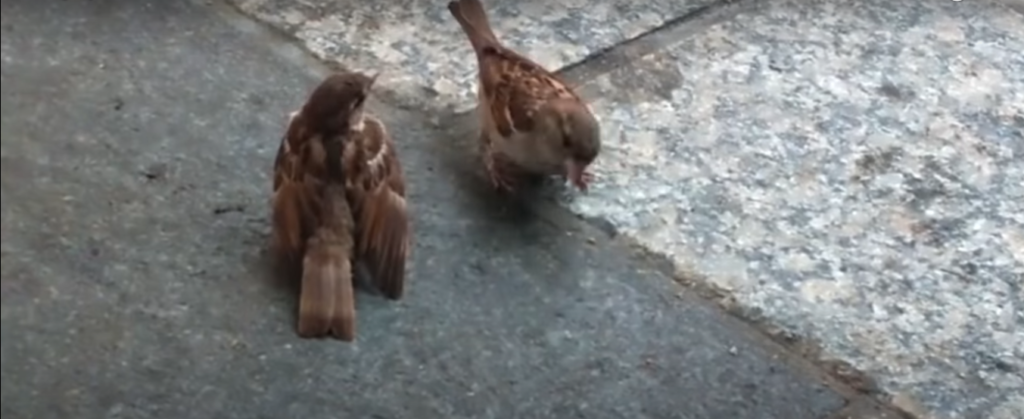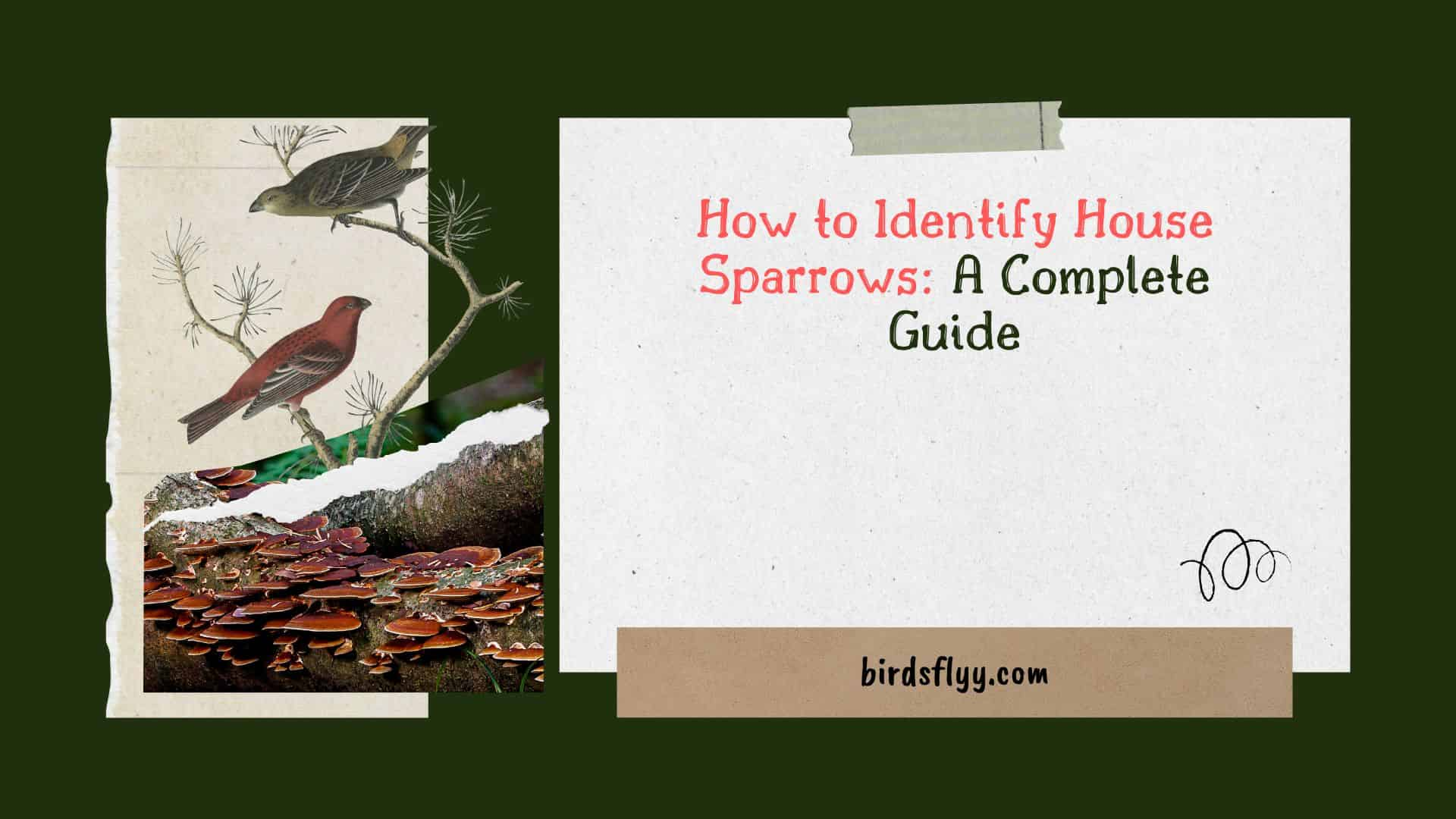House Sparrows Birds: Identification and Characteristics
You can find house sparrows almost anywhere people live—and even in some places where they don’t. Along with the European starling and rock pigeon, house sparrows are among the most common birds worldwide.
Their constant presence in urban areas often makes them easy to overlook. Some people dislike them for competing with native birds for nesting spaces. However, their ability to live alongside humans has contributed to their survival and widespread success.
House Sparrows in Gardens
Many gardeners consider house sparrows a nuisance because they are non-native and may disrupt local bird populations. These birds are highly adaptable and often explore homes and gardens—even when food is scarce.
sparrows frequently visit bird feeders and consume a variety of seeds, especially millet, corn, and sunflower seeds. If you want to attract or manage sparrows in your garden, check out common bird feeder recommendations for the best seed options.

Where to Spot House Sparrows
To find a House Sparrows, visit urban areas where they are most abundant. Look for small, bold birds hopping on sidewalks, searching for food scraps, or perching near human activity.
If you offer them food like bread crumbs or birdseed, they may take it directly from your hand. In rural areas,sparrows prefer farm buildings, barns, and stables, where they can find food and shelter.
Interesting Facts About House Sparrows
Introduction to North America: The first sparrows were introduced to Brooklyn, New York, in 1851. By 1900, they had spread across the Rocky Mountains, aided by later releases in San Francisco and Salt Lake City during the 1870s.
Today, they are found across most of North America, except for Alaska and northern Canada.
Read more: Interesting Facts About House Sparrows
Dust Bathing Behavior: House take dust baths to maintain their feathers. They dig small holes in the ground, coat themselves in dust, and may even defend their bathing spot from other sparrows.
Nesting Habits: These birds prefer artificial structures like building walls, streetlights, sheds, and nest boxes rather than natural tree cavities.
Research and Studies: Due to their adaptability and social behavior, sparrows have been extensively studied. Researchers have published over 5,000 scientific articles on them.
Aggressive Nature: sparrows engage in fierce competition for nesting sites. In 1889, scientists observed them attacking 70 different bird species, including Eastern Bluebirds, Purple Martins, and Tree Swallows.
Hierarchy and Dominance: Males with larger black throat patches (also called bibs) tend to be older, stronger, and more dominant. Other sparrows recognize this and may avoid fights, conserving their energy.
Also read: Hierarchy and Dominance
Food-Stealing Tactics: sparrows are opportunistic feeders. They have been observed stealing food from American Robins and piercing flowers to drink nectar.
Longevity Record: The oldest recorded sparrow was a female, found in Texas at the age of 15 years and 9 months.
House Sparrow Social Structure
House sparrows are highly social birds, often found in flocks of up to 200. Despite their small size and plain brown coloring, they have a complex social order. Males with larger black bibs dominate the group, gaining access to the best feeding spots, nesting sites, and mates.
Much like mountain gorillas, where the silverback leads the troop, sparrows also establish a clear hierarchy. The dominant sparrow benefits from first access to food and prime nesting locations.

While the exact cause of bib size differences is unknown, researchers have found a strong link between size and fighting ability.
The Success of Sparrows
House sparrows thrive because of their remarkable adaptability:
- They can live in cities, farmlands, and even forests.
- They breed quickly, raising up to five broods per season, each with 2–7 chicks.
- They nest earlier in the year than most other birds, giving their young an advantage.
- They form colonies of up to 40 birds, often returning to the same nesting site year after year.
Next time you see a sparrow outside your home, take a moment to appreciate its intelligence, resilience, and unique social structure. These little birds may be common, but they are far from ordinary.
FAQ’s:
1. Where are house sparrows most commonly found?
Answer: House sparrows are found in urban areas, villages, and farmlands worldwide. They are especially common near human settlements, where they can easily find food and shelter.
2. What do house sparrows eat?
Answer: House sparrows eat a variety of foods, including seeds (millet, corn, sunflower), grains, insects, and food scraps. They frequently visit bird feeders in gardens.
3. How do male house sparrows establish dominance?
Answer: Male house sparrows establish dominance through the size of their black throat patch (bib). A larger bib indicates an older, stronger, and more dominant bird, allowing it to access better food, nesting sites, and mates.
4. Why are house sparrows considered invasive in some regions?
Answer: House sparrows are considered invasive because they compete aggressively with native bird species for nesting sites and food. They often chase away other birds, such as Eastern Bluebirds and Purple Martins, from their nests.
5. What is a unique behavior of house sparrows?
Answer: House sparrows take dust baths by rolling in dry soil to clean their feathers. This helps them remove parasites and maintain their plumage. They may even defend their dust bath spots from other sparrows.

